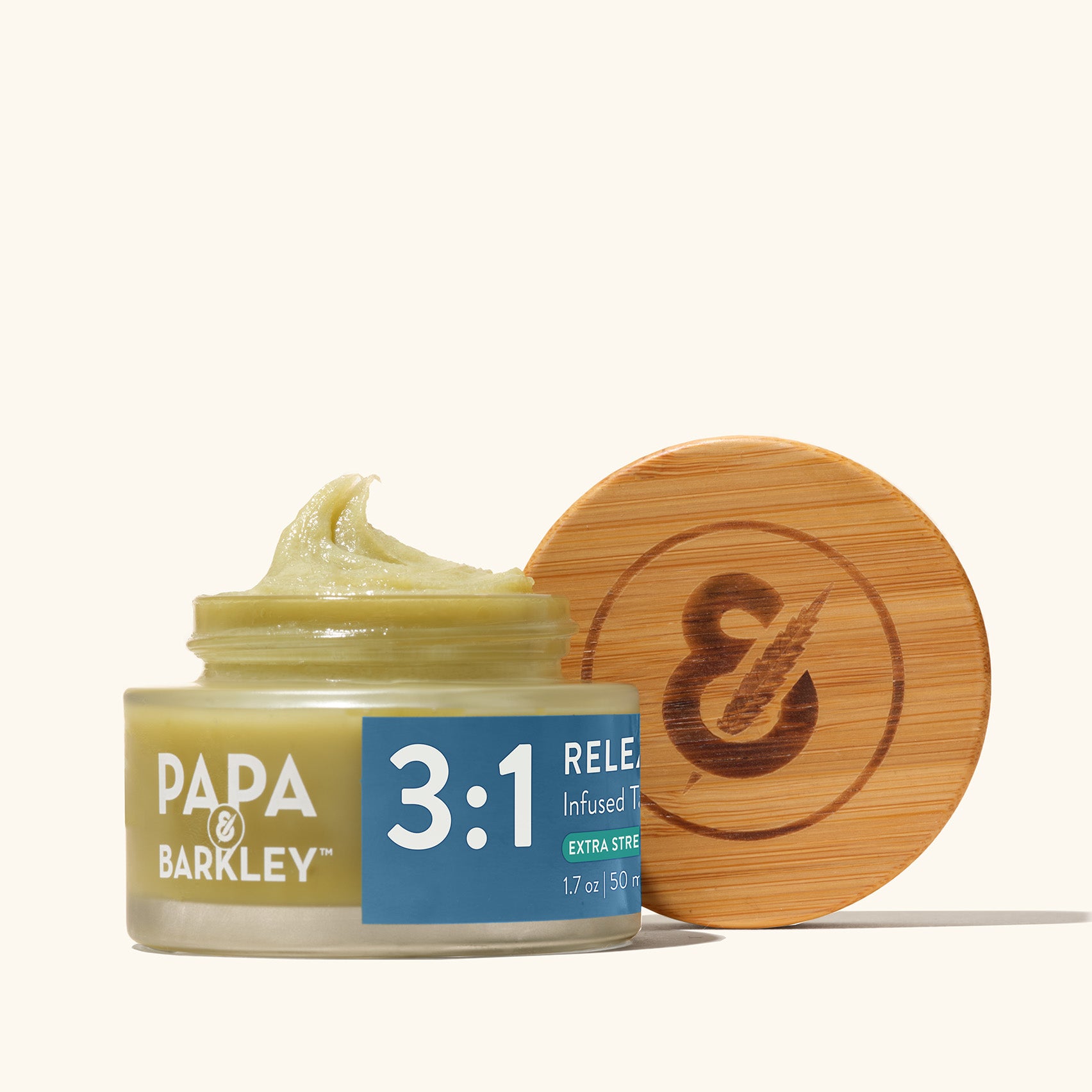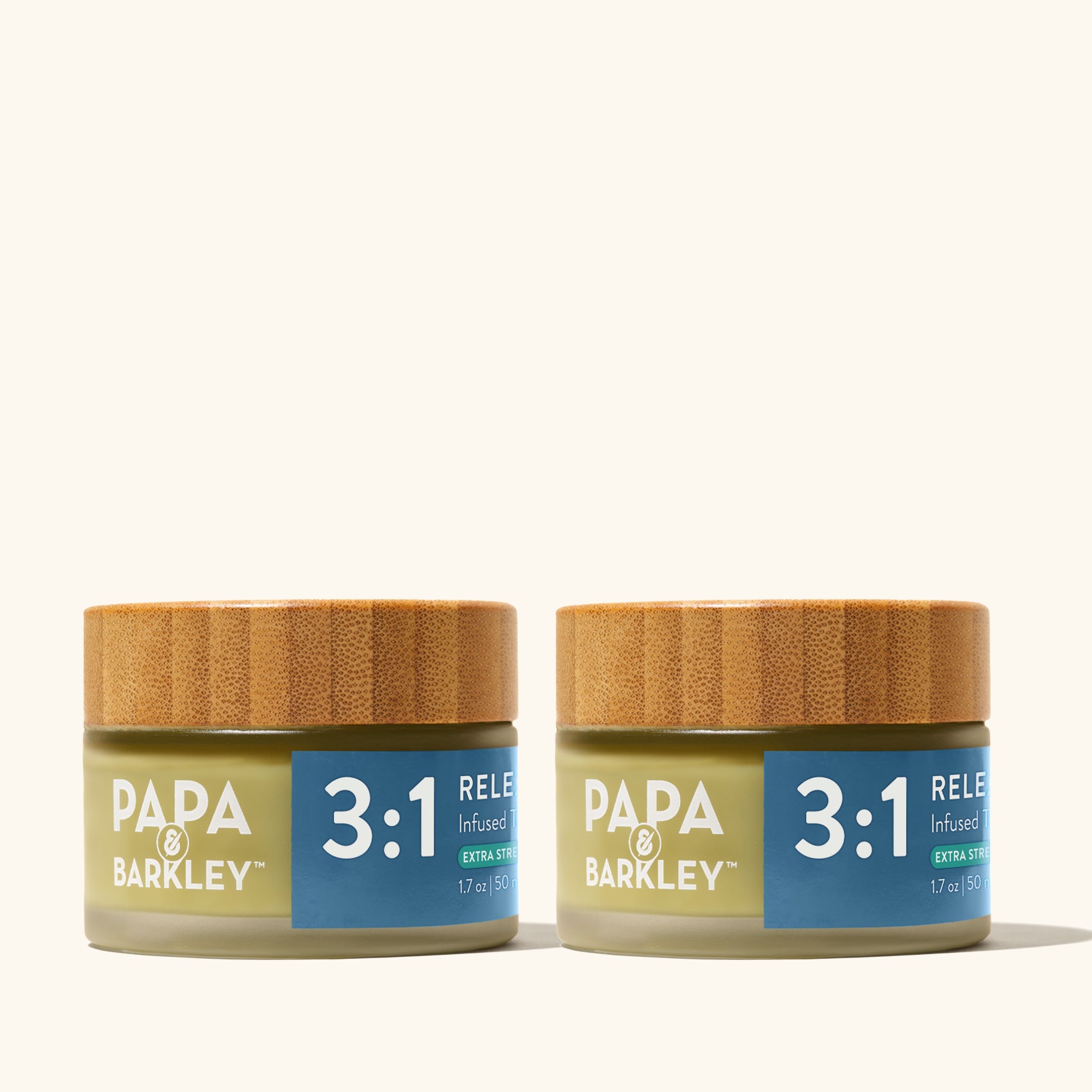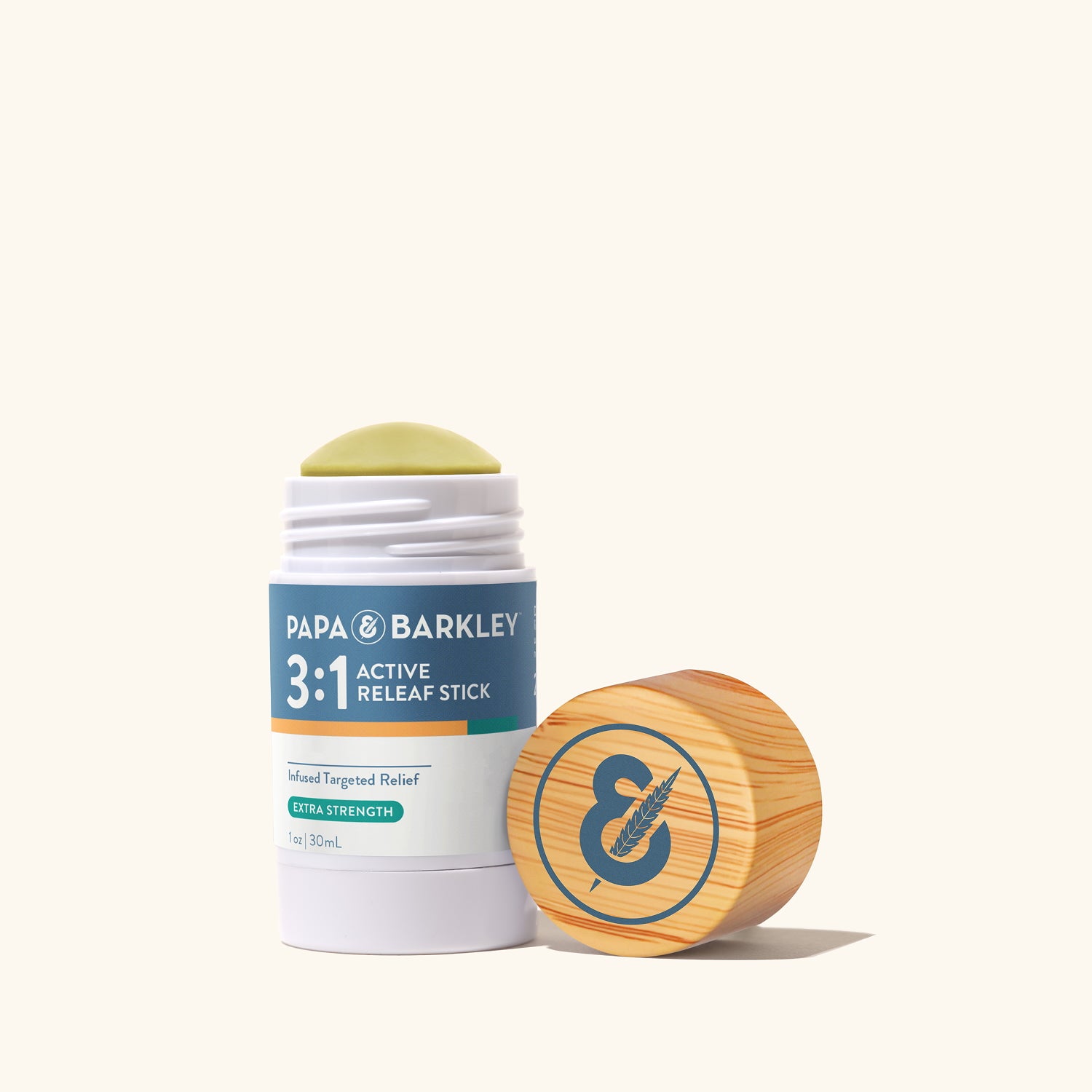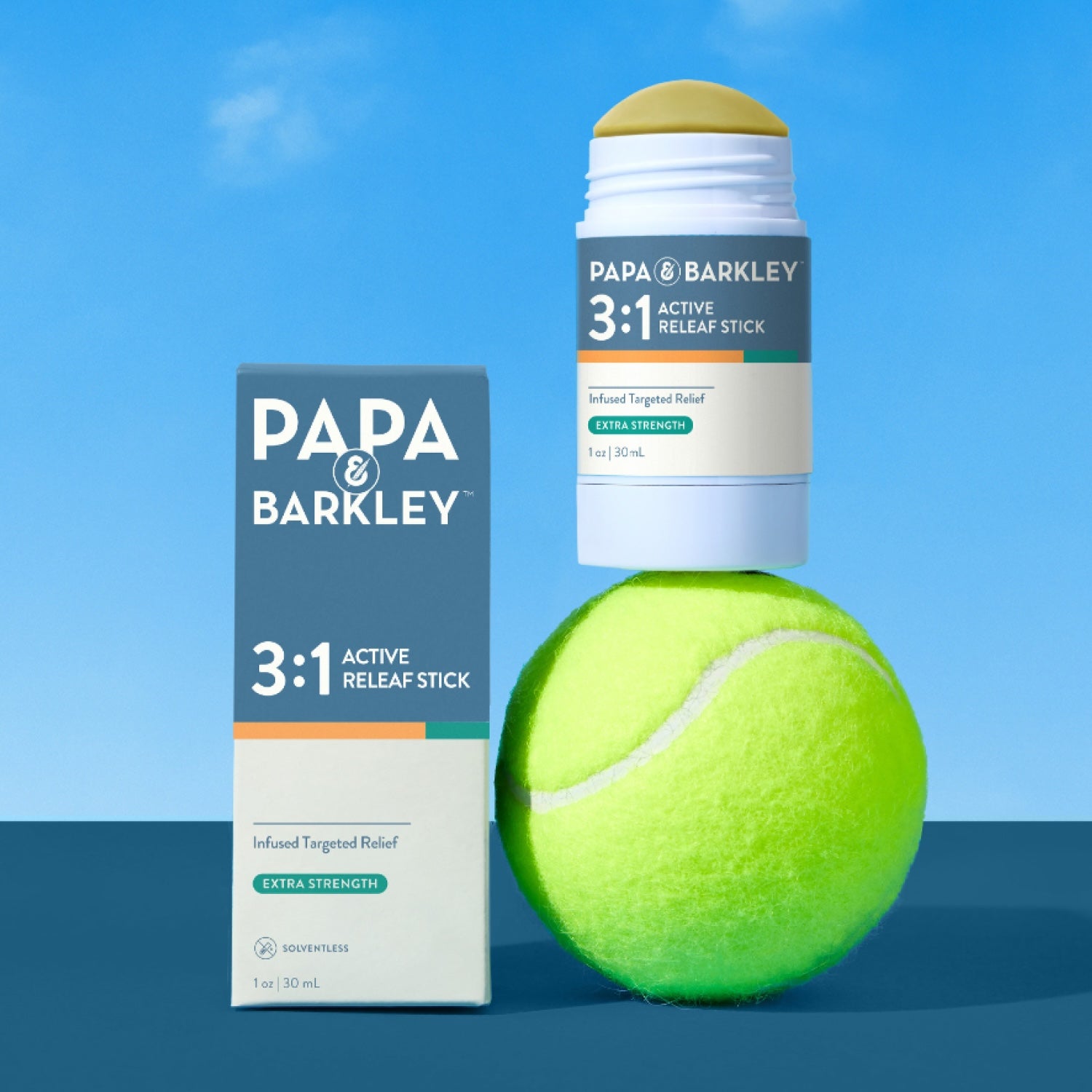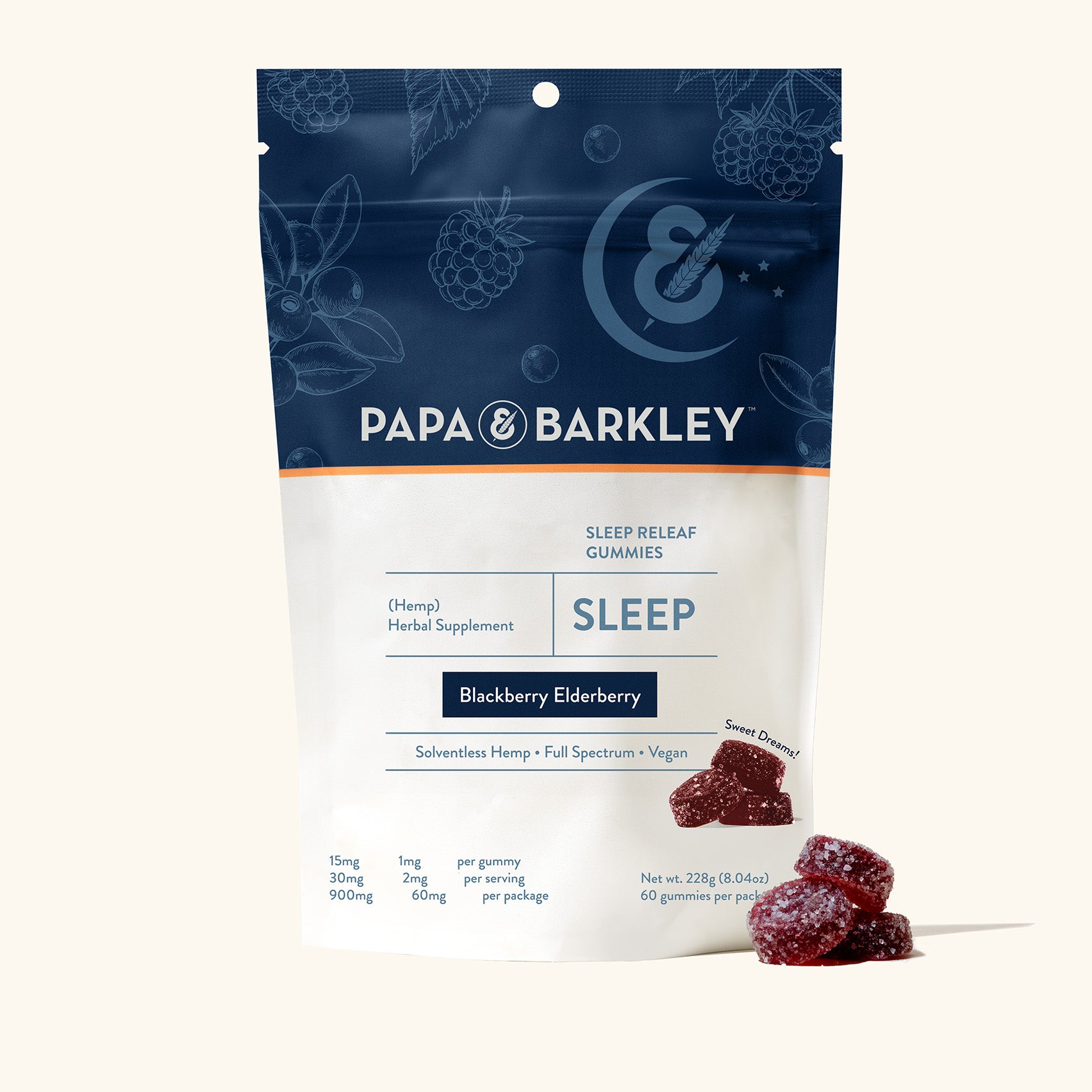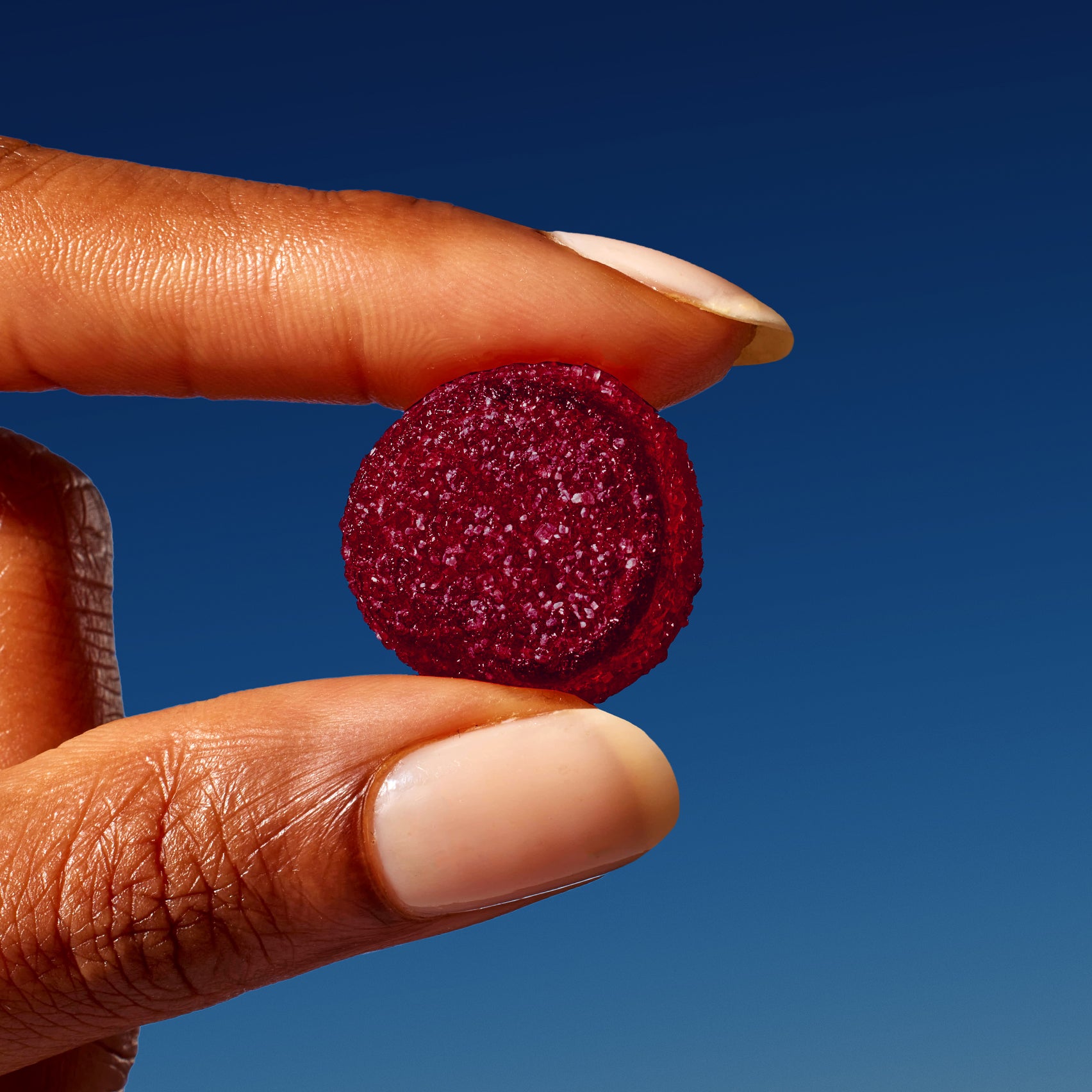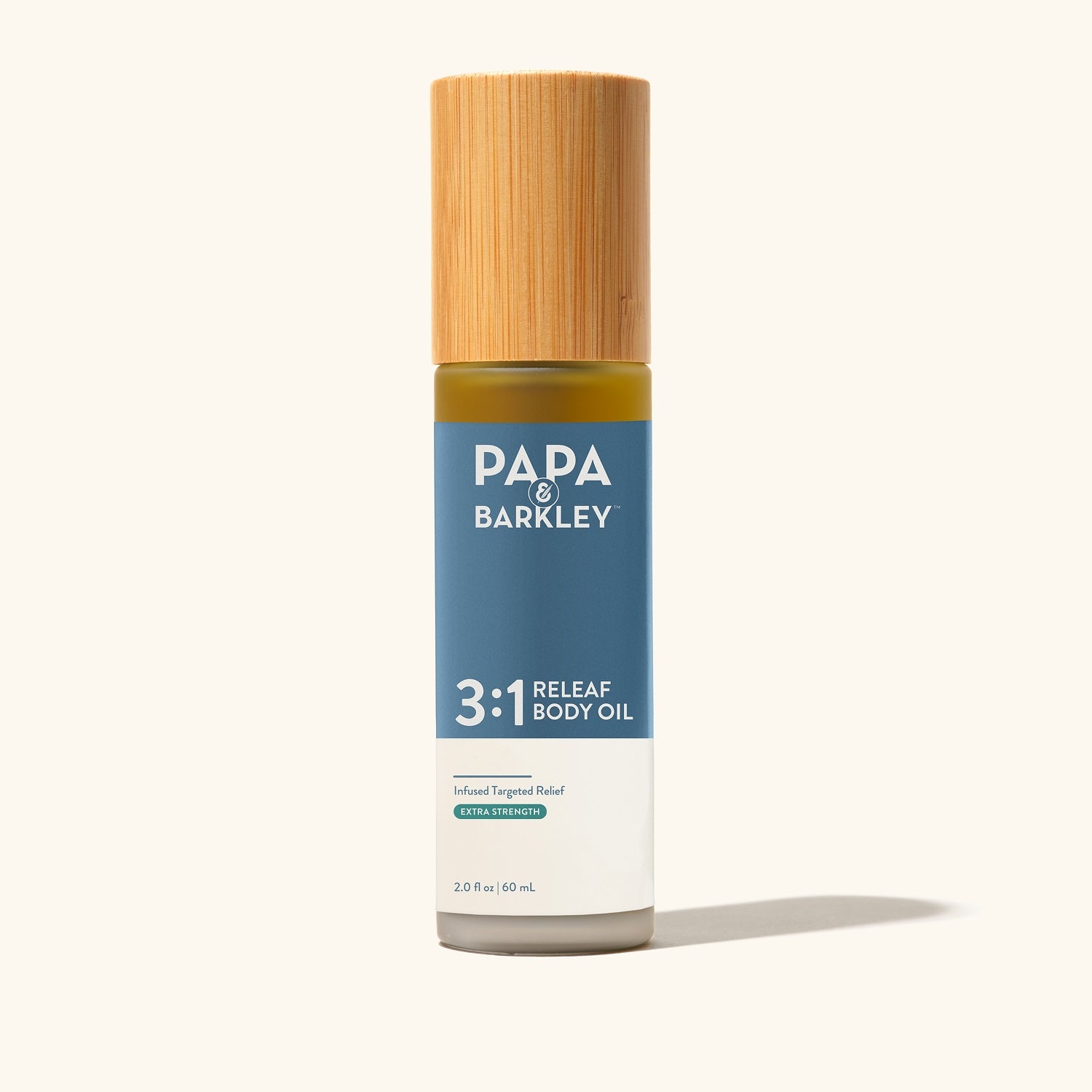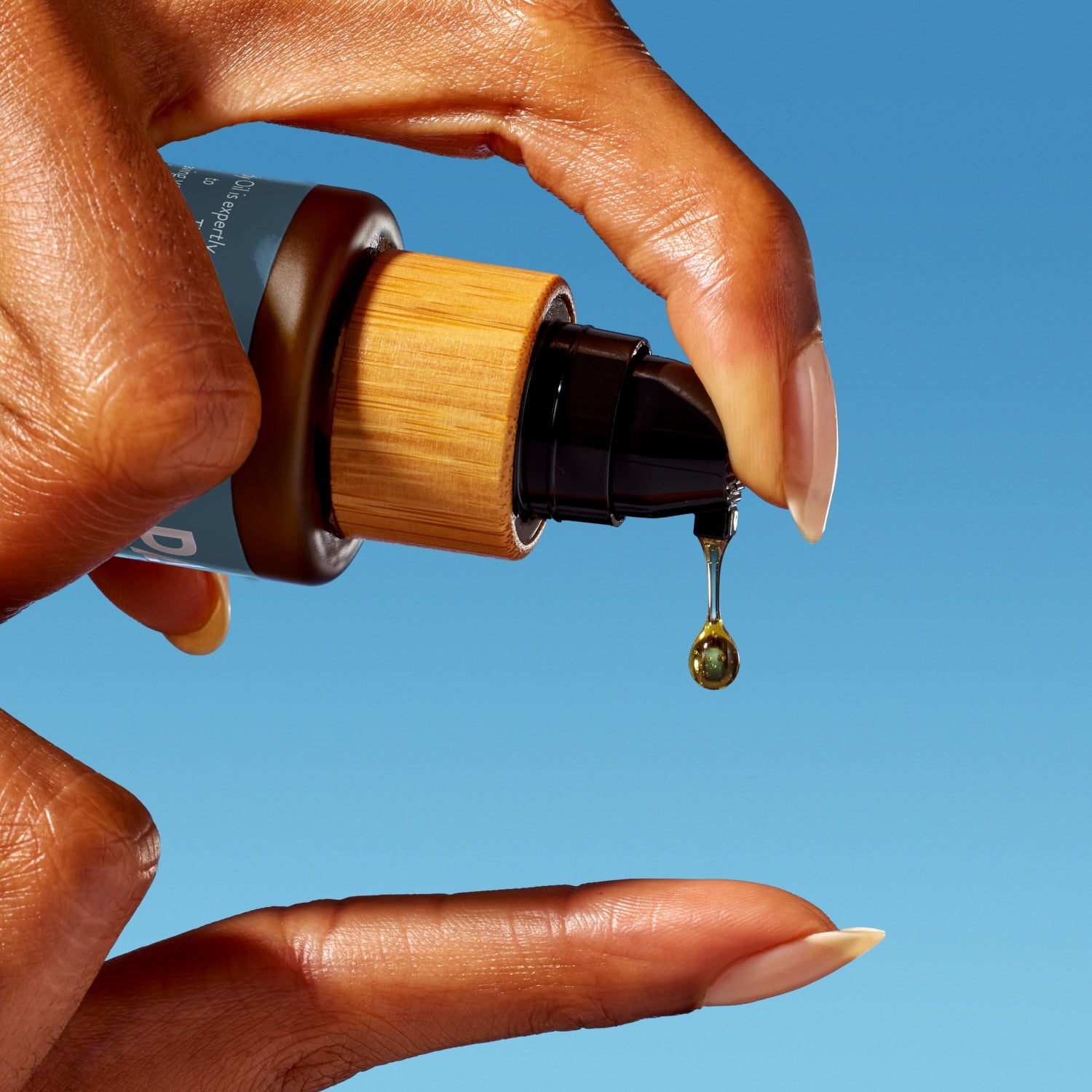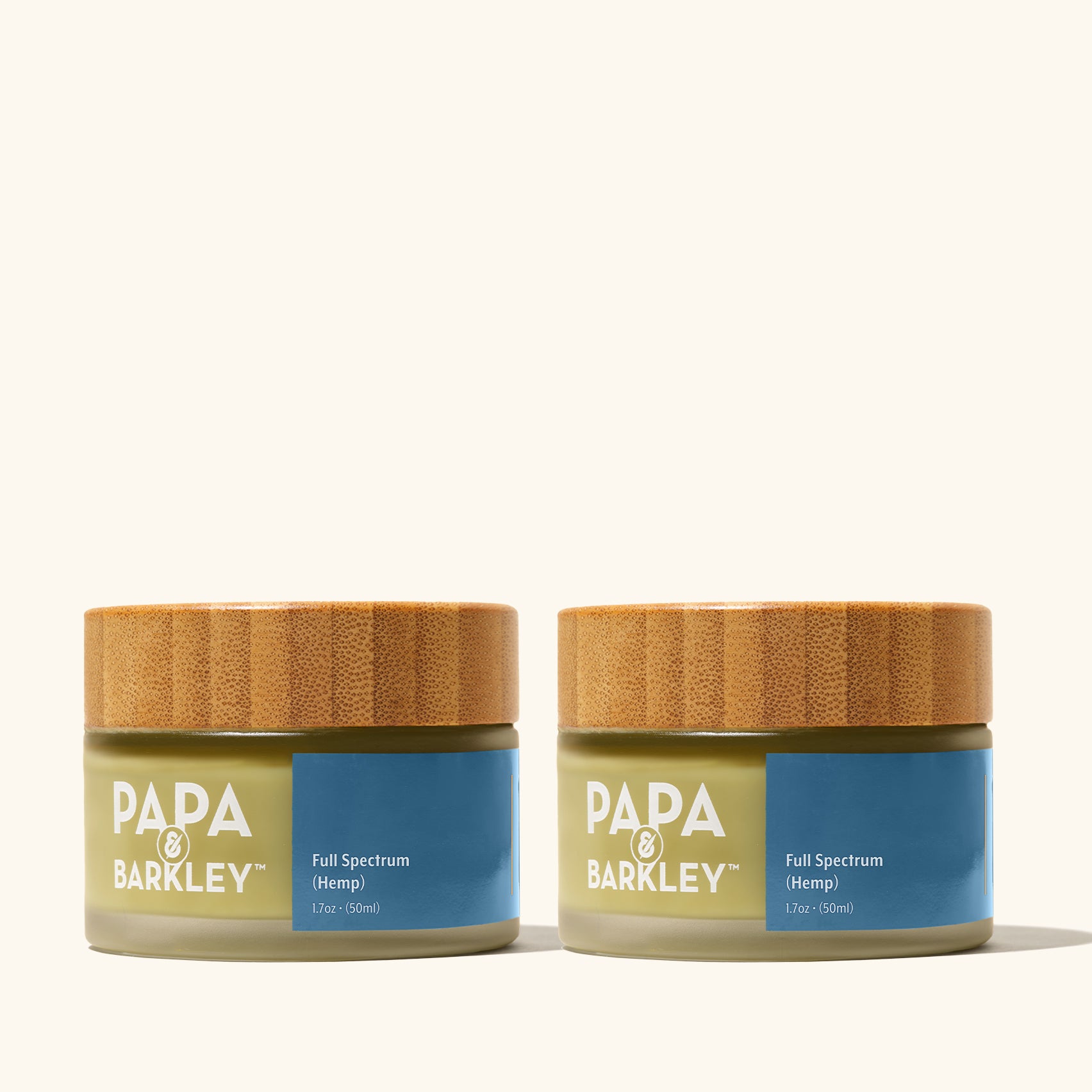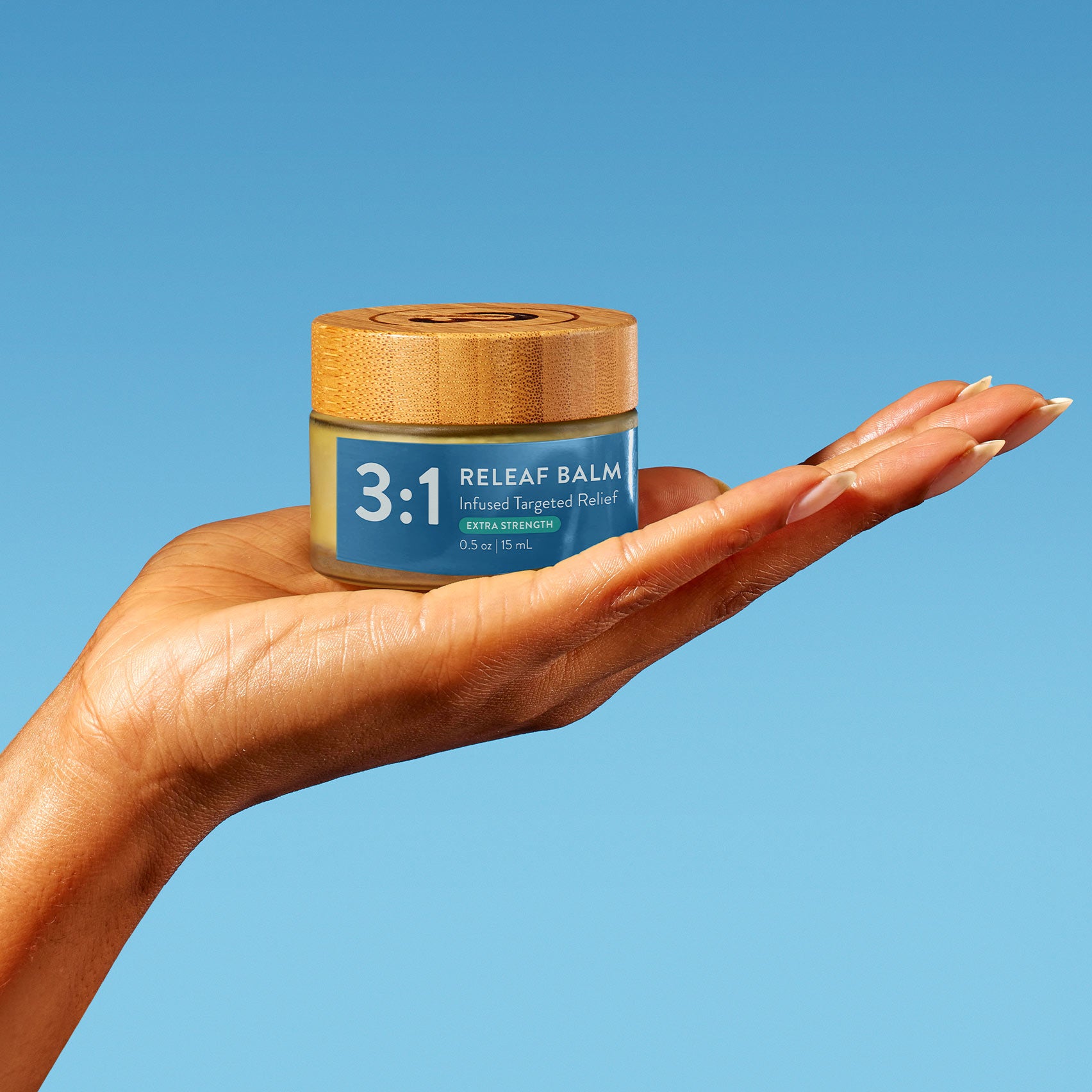THCa, or tetrahydrocannabinolic acid, is the non-psychoactive cannabinoid found in raw cannabis and live cannabis plants. While it is commonly thought that cannabis plants contain cannabinoids like THC and CBD, the compounds in the plant are actually produced in acid form and can be converted to the more commonly recognized forms through curing and other refining processes. Allow us to explain.
The Difference Between THC and THCa
THCa is very different from THC in both its chemical makeup and how it interacts with the body. THCa gradually becomes THC during the drying process — a process that is accelerated when heat is added to the equation, such as when vaping, smoking or cooking over a period of time in order to be ingested. Heat and light lead to a chemical reaction called decarboxylation, which removes a carboxyl group,resulting in a molecule that more readily interacts with the body.
THCa molecules are larger than THC molecules and cannot bind to the body’s cannabinoid receptors that make up the endocannabinoid system. THC is one of the cannabinoids that interacts with CB1 receptors to produce a high, euphoric feeling. More is being discovered and studied regarding both compounds and their interactions with the body.
THCa and Cannabis as a Nutrient Source
Cannabis contains vitamins, minerals and antioxidants. Raw cannabis is high in fiber, as well as omega-3 fatty acids, vitamins C and K, calcium, iron and folate. Ongoing research into THCa and THC continues to yield new information. THCa is non-psychoactive, offering an alternative to experiencing the effects typically associated with THC. THCa is a compound that some people may seek out as part of their wellness routines. Here are some areas of recent research involving THCa:
- THCa may have neuroprotective properties; ongoing studies are exploring its interaction with the body.
- THCa and other cannabinoids are the subject of continued study in a variety of research settings, including models of epilepsy.
- Research is continuing into THCa and its role in biological processes, including inflammatory responses.
- Early studies in mice have examined THCa’s effects in relation to weight gain and certain metabolic indicators. animal research
Interest in THCa derives in part from its non-psychoactive qualities. Research is ongoing into the potential role and properties of THCa. Raw cannabis may also provide a source of nutrients.
How to Consume THCa
If you wish to avoid psychoactive effects and are interested in the properties of THCa, there are a variety of ways to include raw cannabis in your routine. Because THCa is highly present in raw cannabis, options may include eating the plant as a leafy green (such as in salads, juices, or sauces). As with any cannabis product, starting with a small amount and adjusting as needed is a reasonable approach.
Papa & Barkley’s THCa Living Tincture is a fresh frozen, low-heat cannabis flower infusion, similar to cold-pressed juice. It can be incorporated into your regimen or added to smoothies, shakes or other parts of your wellness routine.
Papa & Barkley offers whole-plant infused products containing a full spectrum of cannabinoids and terpenes, designed to provide the full profile of the cannabis plant. As with any cannabis product, it is important to seek quality sources. Papa & Barkley provides information about production processes and a certificate of analysis for each product upon request. To learn more about our products and cannabis in general, check out our Cannabis Compendium and resources on our blog.
Jacquelyn Nause is a contributing writer with specialties in cannabis, real estate and wellness. She enjoys traveling with her husband, being a doting mother to her two incredible kids and enjoying the beautiful Pacific Northwest playground.
References:
- https://www.ncbi.nlm.nih.gov/pubmed/31559334
- https://papaandbarkley.zendesk.com/hc/en-us/articles/360011546711-The-Human-Endocannabinoid-System
- https://www.ncbi.nlm.nih.gov/pubmed/28853159
- https://www.ncbi.nlm.nih.gov/pubmed/30405366
- https://www.ncbi.nlm.nih.gov/pmc/articles/PMC5627671/
- https://www.ncbi.nlm.nih.gov/pubmed/31706843




